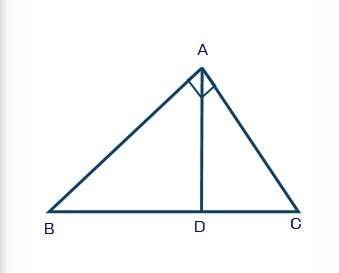
Mathematics, 17.12.2020 02:40 jjjjjj6643
The isotope known as carbon-14 is radioactive and will decay into the stable form nitrogen-14. As long as an organism is alive, it ingests air, and the level of carbon-14 in the organism remains the same. When it dies, it no longer absorbs carbon-14 from the air, and the carbon-14 in the organism decays.
The half-life of carbon-14 is 6000 years. (Note: There is a more exact value for the half-life in the textbook, but -- in working this problem -- you should use this value.)
a.) Some cave paintings in France are thought to be 18,000 years old. How many half-lives are in 18,000 years?
b.) Use the previous answer to determine what percentage of the original amount of carbon-14 remains after 18,000 years. (If necessary, round your answer to a tenth of a percent.)

Answers: 1


Other questions on the subject: Mathematics

Mathematics, 21.06.2019 15:40, tylorroundy
Given the following sampling distribution of one mean with a sample size 49, from a normally distributed population, find the population standard deviation, o.79828588912497
Answers: 3


Mathematics, 21.06.2019 20:30, kjhgfcvb5761
Solve each quadratic equation by factoring and using the zero product property. [tex]x^2+6x+8=0[/tex]
Answers: 2

Mathematics, 21.06.2019 21:00, bloodmoonangel01
Deepak plotted these points on the number line. point a: –0.3 point b: – 3 4 point c: – 11 4 point d: –0.7 which point did he plot incorrectly?
Answers: 2
You know the right answer?
The isotope known as carbon-14 is radioactive and will decay into the stable form nitrogen-14. As lo...
Questions in other subjects:


Biology, 11.03.2021 21:40

Mathematics, 11.03.2021 21:40




Mathematics, 11.03.2021 21:40

Health, 11.03.2021 21:40


History, 11.03.2021 21:40




